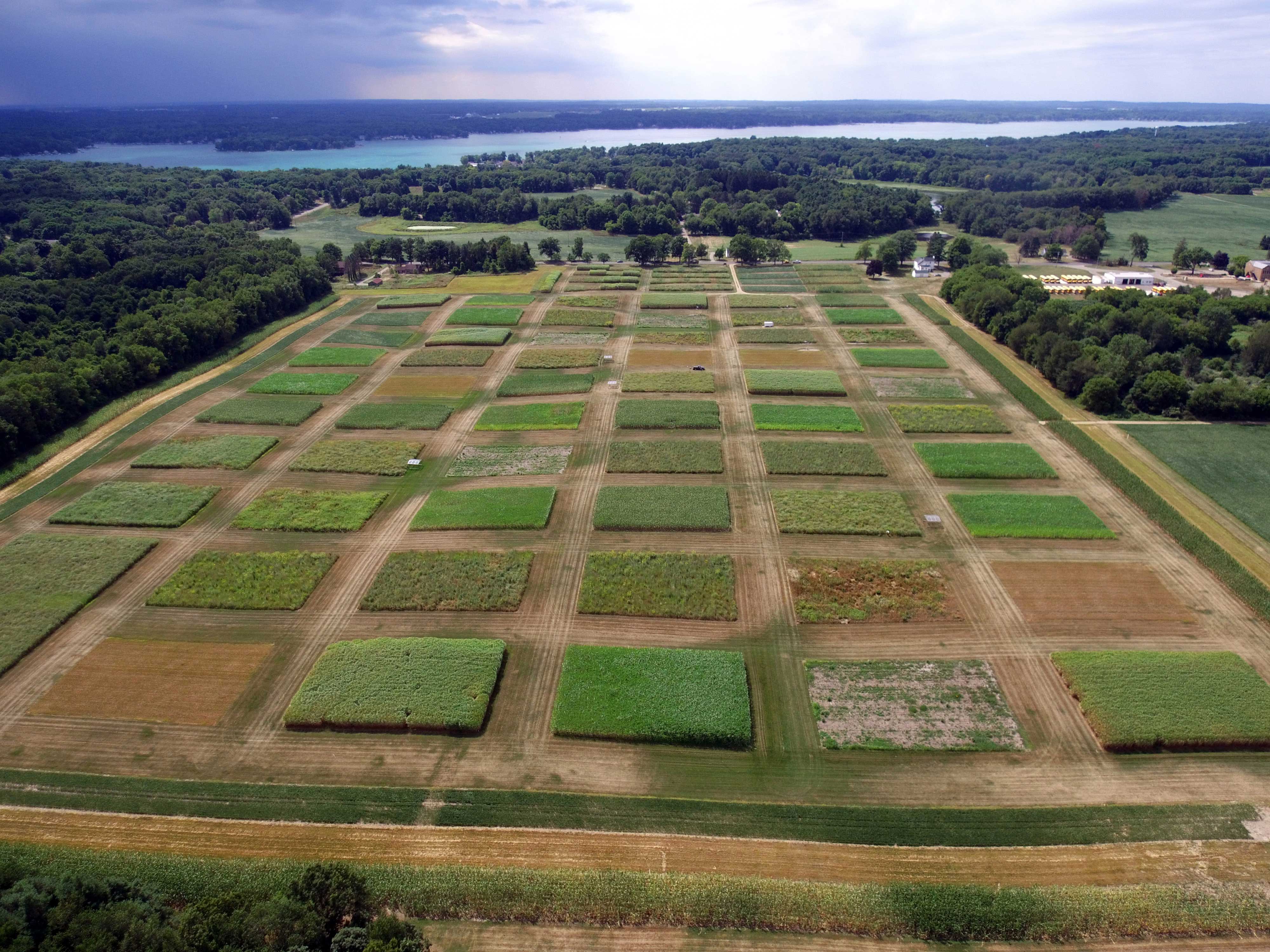
The number of species on Earth is in steep decline, with some scientists warning of a new mass extinction event fueled by habitat destruction, exploitation of natural resources, and climate change.
The use of plant-based fuels – a key piece of most plans to fight climate change – could accelerate, slow, or even reverse biodiversity loss, but the outcome depends on the type of crops we plant and how they are grown.
Discussions about biofuels have largely centered on the value of perennial plants versus annual crops like corn. New research shows it’s not so simple.
Scientists have long known that the expansion of intensive cropping systems like corn, the primary feedstock for U.S. ethanol production, reduces biodiversity and undermines the very ecosystems that agriculture depends on for pollination, pest control and other benefits.
More recently, grasses like switchgrass and miscanthus have emerged as promising sources of “next generation” biofuels. Unlike corn, these perennial plants can grow in poor soils, require little fertilizer, and don’t displace food sources.
But a new study by scientists with the Great Lakes Bioenergy Research Center found that when it comes to supporting biodiversity, those perennial grasses alone are not much better than row crops.
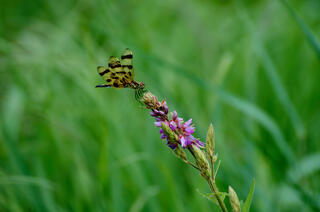
Instead, complex perennial systems with a diverse mix of plants – including reconstructed prairies, plants that naturally take over abandoned farm fields, and even poplar trees with other plants growing beneath them – support a far more diverse mix of critters, bugs, and microbes, according to the paper published Sept. 22 in the journal Science Advances.
The research provides a new baseline of knowledge about what lives in these environments that researchers say should help guide decisions about the type of bioenergy crop systems we plant.
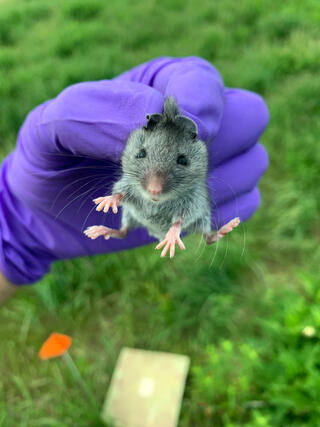
“Some subset of these systems could become really important parts of North American landscapes in the next few decades,” said Nathan Haan, who led the study as a member of the GLBRC.
But until now, scientists didn’t really know what was living in those systems.
“This study shows that species-rich, perennial bioenergy cropping systems offer the greatest potential to conserve a wide range of taxa, from microbes to vertebrates,” said Doug Landis, professor of entomology at Michigan State University, a partner member of the biofuel research hub based at the University of Wisconsin–Madison.
Haan said the study confirms some conventional wisdom but also highlights distinctions that have not been part of the conversation around biofuels.
“Everybody knows a prairie's got more stuff living in it than a cornfield,” he said. “That's not rocket science.”
What surprised him was the vast difference between complex and simple perennial systems, which in some cases are not much better than corn.
“That kind of calls into question this whole dichotomy that we've had between just annual crops versus perennial,” Haan said. “Because there's huge variation in biodiversity impacts of those different perennial crops.”
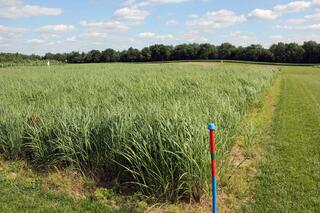
A $6.7 billion contribution
Biodiversity – an abundance of different species – is what makes ecosystems work.
Agricultural systems depend on biodiversity for “ecosystem services” such as pollination, natural pest control, and bugs that speed up decomposition.
For example, research shows that birds, rodents, and insects that prey on plant-eating bugs provide at least $6.7 billion a year in value by increasing crop yields and reducing pesticide use.
More than half of all U.S. land is used for agricultural production, according to the U.S. Department of Agriculture. Expanding monocultural farm systems – fields planted in rows of single crops – can have significant impacts on biodiversity.
“If we greatly simplify food webs, that has rippling effects, well outside of the cropping systems themselves,” Haan said. “Even separated from any utilitarian value, if you just believe that biodiversity has intrinsic value, and you want to live on a planet … where we haven't exterminated a lot of other life forms, then it's important to think about.”
Haan, now an entomologist at the University of Kentucky, led the study as postdoctoral researcher at MSU.
Originally the team wanted to survey crops in different landscapes, but the COVID-19 pandemic of 2020 forced them to reconsider that approach.
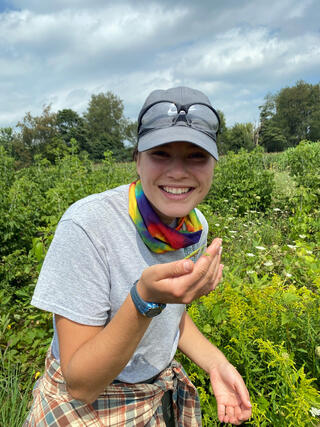
Instead, they turned to Michigan State University’s Kellogg Biological Station, which offered well-established plots of bioenergy cropping systems, which Haan called “a globally unique resource.”
At Kellogg, the researchers could directly compare intensive annual crops (corn, sorghum, and sorghum with a winter cover crop), four simple perennial systems (miscanthus, mature and newly-established switchgrass stands, and a native prairie grass mix), and three complex perennial polycultures (reconstructed prairie, successional vegetation, and short-rotation poplar).
“If you want to compare a bunch of bioenergy cropping systems, there they are,” Haan said.
The researchers then inventoried the species in each plot, cataloging bees and butterflies, ants and beetles, small mammals, birds, and microbes – including fungi, prokaryotes, and microeukaryotes – in soil, leaves, and roots.
Having side-by-side systems under uniform conditions offered researchers an ideal scenario for an experiment where they wouldn’t have to account for other variables such as climate.
The downside is that insects could easily move between the test patches, but Haan said that did not turn out to be a problem.
“We were still able to detect really, really strong differences in biodiversity from one to the other,” Haan said.
Finding the balance
While the study introduces nuance to the biofuel discussion, there are other factors to consider.
Even without strong biodiversity benefits, plants like switchgrass and miscanthus are still far better than corn at taking carbon from the atmosphere and locking it away in soil. And from an engineering perspective, it’s much easier to ferment a pure feedstock than something with a mix of plants.
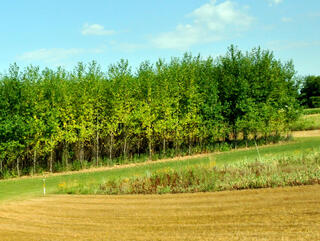
Haan also points out that climate change also presents “massive threats to biodiversity” – not to mention unacceptable human and cultural consequences – and bioenergy will likely need to be part of any plan to avoid the most catastrophic impacts, according to the Intergovernmental Panel on Climate Change (IPCC), the group of scientists that advise the United Nations on climate policy.
“The IPCC’s best estimate is that we kind of have to use bioenergy to dig ourselves out of the hole that we're in,” Haan said. “So given that we might be stuck with it, there are ways to do it that are better and worse for biodiversity.”
Haan views the cropping systems as part of a spectrum, with efficiency on one end and biodiversity on the other.
“Maybe there's some happy medium in the middle, where you add some plant diversity into the mix,” Haan said. “And maybe you lose a little bit of efficiency in the fuel generating process, but you gain a lot of biodiversity.”